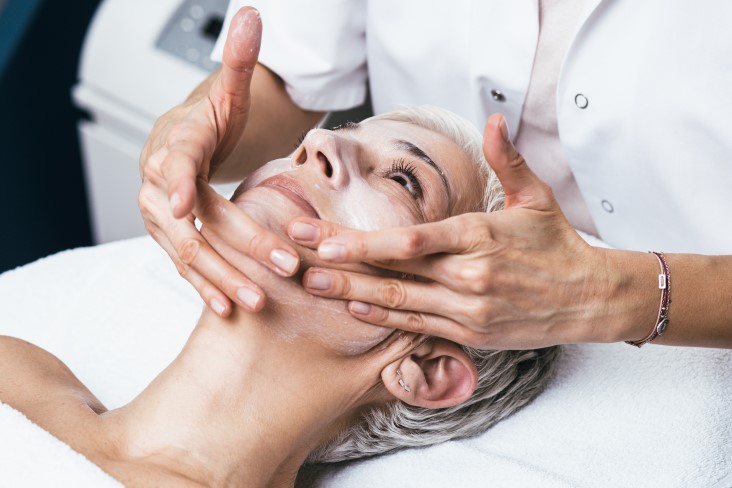
Chemical peels can be a great tool to help improve your skin. However, many people don’t know what chemical peels are used for in the first place, and you may not know how they can help your skin. If you’re interested in a chemical peel, whether because you currently have a skin condition or because you want to take as much care of your skin as possible, here’s everything you should know.
What Are Chemical Peels?
Chemical peels are a type of cosmetic treatment that chemically exfoliates your skin. During the procedure, an expert will apply a chemical solution to the skin they’re treating, allowing the skin to peel off due to exfoliation. This reveals the new skin underneath, which may be smoother and less damaged.
What Are the Differences Between the Three Chemical Peel Types?
There are three types of chemical peels, differentiated by their intensity. Different peel types are most beneficial for different things.
- Light Peels
Light peels, also called superficial peels, use very mild acids to exfoliate in a fairly gentle manner. These peels only penetrate the top layer of skin. You may feel a slight stinging sensation as the chemical solution sits on your skin. Then, the expert will remove the solution or add a neutralizing solution once the peel has done its work.
- Medium Peels
A medium chemical peel may go deeper into the dermis, allowing for deeper exfoliation. The chemical peel may cause stinging or burning for up to 20 minutes. The expert applying the peel may also apply a cool compress to the skin or give you a handheld fan to cool it down.
- Deep Peels
Deep peels are usually only done under a dermatological doctor’s guidance and may go much deeper into the skin than a medium or light peel. You will typically be sedated or put under full anesthesia, and the peel will be done in portions of 15 minutes or less to limit skin exposure.
What Are the Benefits of a Chemical Peel?
A chemical peel allows you to exfoliate your skin very directly and very specifically. That means a chemical peel can help with any of the following:
- Wrinkles
- Fine lines
- Sun damage
- Acne scars
- Hyperpigmentation spots
- General scars
- Uneven skin tone
- Skin redness
The new skin a chemical peel exposes is often very soft and smooth, which can be helpful if your skin is currently rough from things like acne scarring.
What Is the Aftercare for a Chemical Peel?
Every salon and dermatological clinic has different aftercare for its chemical peels. Most frequently, you’ll need to avoid direct sunlight for the next week or two, and you’ll also want to make sure you’re not in saunas and hot tubs for a week or so. If you have any questions, make sure you ask the dermatologist or esthetician who gave you your chemical peel.
Where Can I Get a Chemical Peel Done?
Deep chemical peels are typically only done at dermatology clinics, but you can get light and sometimes medium peels done by an esthetician at a salon. If you’re looking to get a chemical peel done in Texas, you may want to look at the Ogle School Salon & Spa. It’s a great way to get an exfoliating skin experience at an amazing price while also helping students get hands-on experience.
Conclusion

If you have acne scars, wrinkles, uneven skin tone or just generally rough skin, a chemical peel may be a great way for you to remove the damaged upper layer of your skin and reveal the soft, smooth skin underneath. Many people regularly get light chemical peels to exfoliate their skin and make sure it looks great. If you’re interested in a chemical peel, make sure you look into the options available at a local Ogle School clinical salon for great results.



